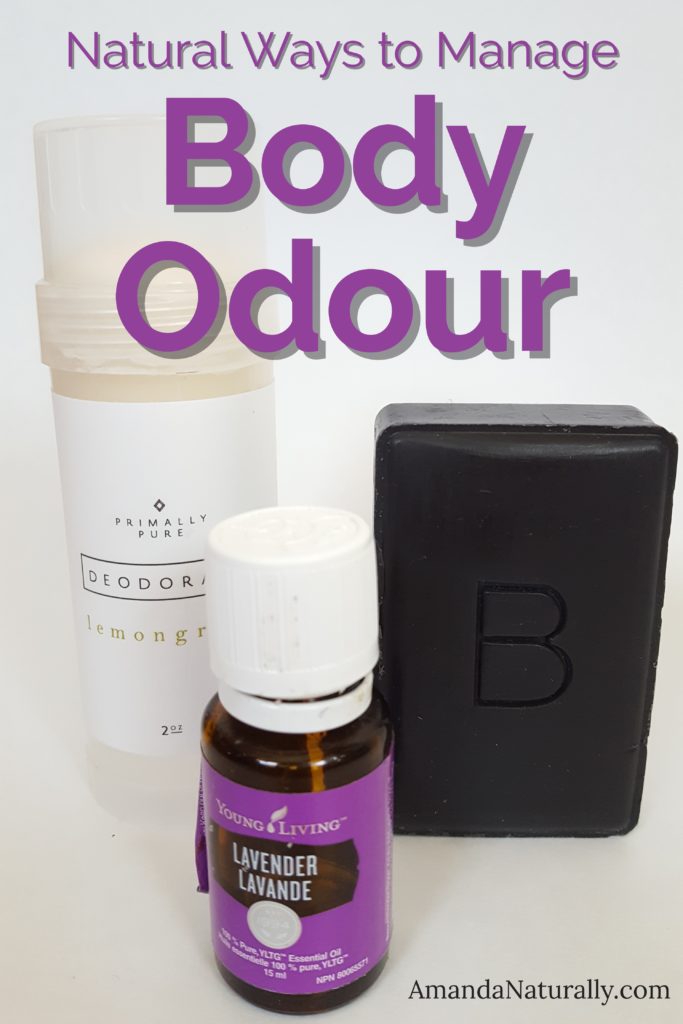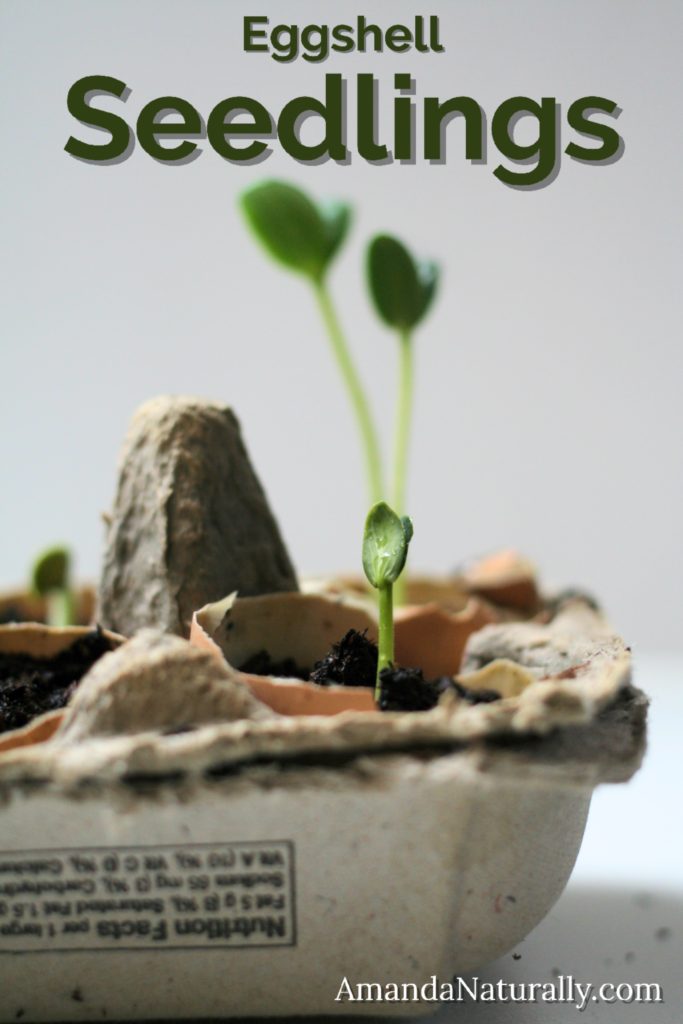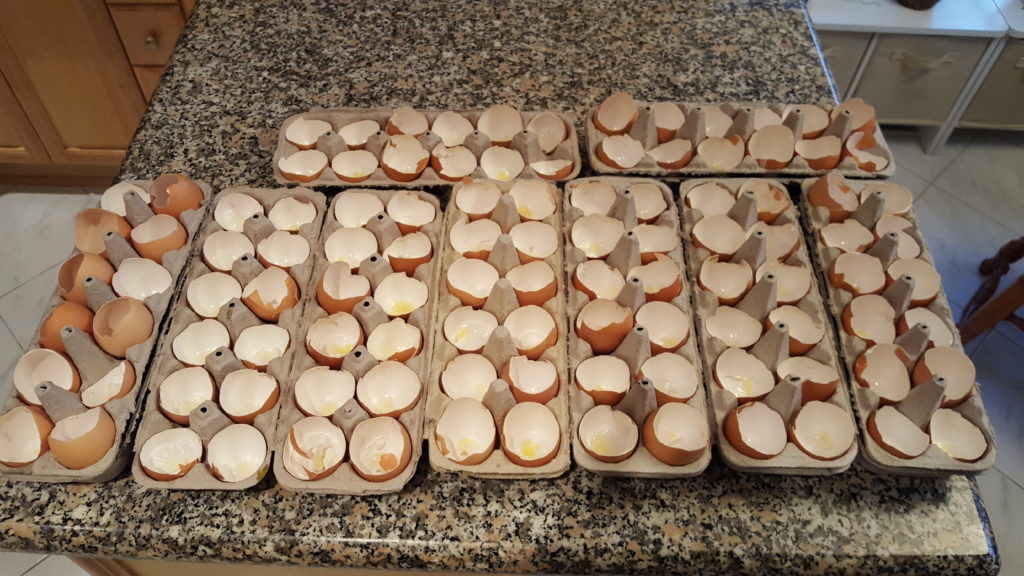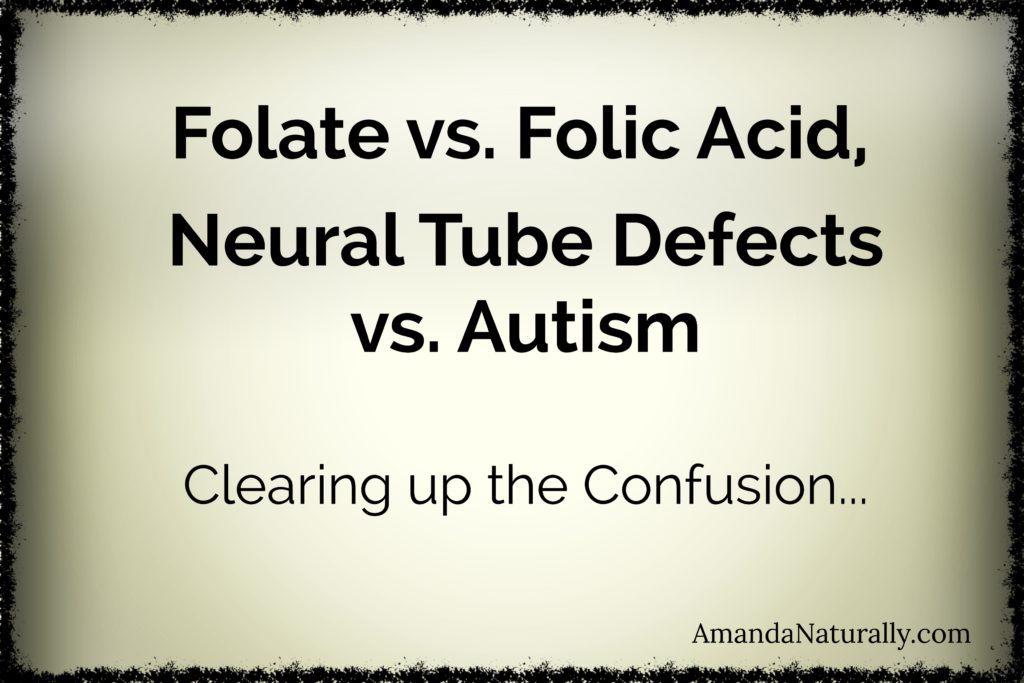 Anyone else find smelly armpits as annoying as I do? Well, it can be hard to 100% eliminate that issue (while staying clear of toxic compounds like aluminum, that is), but there are definitely a lot of hacks you can employ. Try some of these out and let me know how they work for you!
Anyone else find smelly armpits as annoying as I do? Well, it can be hard to 100% eliminate that issue (while staying clear of toxic compounds like aluminum, that is), but there are definitely a lot of hacks you can employ. Try some of these out and let me know how they work for you!
Diet
Of course the first thing I mention is diet. But that’s because it can have a huge impact. I have seen this first hand (both personally and professionally). The most notorious offenders for increasing body odour are:
- Dairy
- Poor quality fats (read: vegetable oils)
- Sugar
Try eliminating these for a few weeks and see if you notice a change!
Beneficial Microbes
An imbalance of bacteria both internal and external (they cover our skin too!), can absolutely contribute to increased smelliness. To address, make sure you’re taking all the steps to maintain a Healthy Gut, with a focus on lots of fermented foods like sauerkraut, fermented carrots, yogurt and kombucha!
Topically, make sure to avoid conventional personal care products (like soap and antiperspirant) that can kill off the good guys. Usually when beneficial microbes are eliminated, the nasty ones grow back faster, creating an even more dramatic imbalance. You can also help encourage the growth of beneficial microbes by utilizing an apple cider vinegar spray (dilute 1:4 with water) or even a topical probiotic!
Deodorant, not Antiperspirant
Antiperspirants use aluminum (amongst other sketchy ingredients) to get into your sweat glands, causing them to swell and preventing sweat from being released. I heard a hilarious analogy, that’s a little off-colour. It goes like this… you know the feeling when you really really have to have a BM, but you’re in a really inconvenient place, like a coffee shop, or the library, so you hold it. That’s what you’re doing with your armpits – holding in something that really needs to get out – but instead of using muscle, you’re using a toxic compound.
Deodorant addresses odour, but depending on the formulation it can often make things worse. So I recommend trying a few different types to find one that works for you. I struggled to find a natural deodorant that didn’t make me smell worse. And then I found Primally Pure – which is so clean you can eat it, and it actually works! Or you can go super simple (which I do sometimes too!) and just use a homemade deodorant of coconut oil, essential oils and baking soda.
Extra Help
Sometimes all that just doesn’t cut it. For example, during the postpartum period. It must have been the excess/different hormones that my body was having to break down, but ugh I totally smelled bad. Finding a good (natural) deodorant was great, but I had to take it one step further and help my armpits detox a bit! I know lots of people who swear by the armpit detoxes and cleanses (The Wellness Mama has a good one!), but considering how little time I have these days, I needed something faster. I started using Beautycounter’s Charcoal Cleansing Bar under my arms when I showered and after only a few uses the odour was completely gone. I was even able to stop using deodorant days that I wasn’t exercising!

 FULL DISCLOSURE: I am not a gardener. This is my husband’s project. He has a MAJOR green thumb, but he doesn’t have a blog, so I’m sharing his fun project with y’all today!
FULL DISCLOSURE: I am not a gardener. This is my husband’s project. He has a MAJOR green thumb, but he doesn’t have a blog, so I’m sharing his fun project with y’all today!


